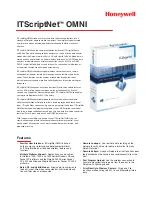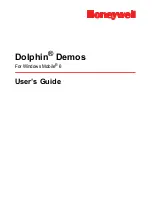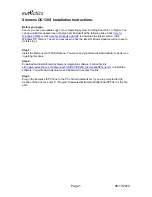
snom technology AG • 19
[
S N O M
4 S N A T F
I L T E R
]
Using this method, user agents may probe several addresses and decide
which address they use for communication. In this case, the filter will just
add another contact to the ICE list.
Table 1 shows the cases when the filter needs to interfere if STUN
and ICE support are available from the user agents. The support of the
filter is necessary only in cases when both sides have symmetrical NAT
and in the case when talking from symmetrical NAT to restricted NAT. If
the user agents don’t support STUN and ICE, the number of cases goes
up significantly.
If the user agent operates without NAT support, it will send a SDP
like the one below:n
v=0
o=root 19387 19387 IN IP4 192.168.1.10
s=call
c=IN IP4 192.168.1.10
t=0 0
m=audio 58146 RTP/AVP 0 8 3 18 2 101
a=rtpmap:0 pcmu/8000
a=rtpmap:8 pcma/8000
a=rtpmap:3 gsm/8000
a=rtpmap:18 g729/8000
a=rtpmap:2 g726-32/8000
a=rtpmap:101 telephone-event/8000
a=fmtp:101 0-15
a=sendrecv
The NAT Filter will detect that the user agents needs help and
allocates local ports for relaying media. It will forward the request with
changed SDP:
v=0
o=root 19387 19387 IN IP4 217.115.141.99
s=call
c=IN IP4 217.115.141.99
t=0 0
m=audio 49170 RTP/AVP 0 8 3 18 2 101
a=rtpmap:0 pcmu/8000
a=rtpmap:8 pcma/8000
a=rtpmap:3 gsm/8000
a=rtpmap:18 g729/8000
a=rtpmap:2 g726-32/8000
a=rtpmap:101 telephone-event/8000
a=fmtp:101 0-15
a=sendrecv
2.
















































